Source - http://www.sci-news.com/archaeology/science-settlements-bolivia-01343.html
An international team of scientists from Switzerland, Australia, Germany and the United States has discovered remains of three hunter-gatherer settlements in the western Amazon.
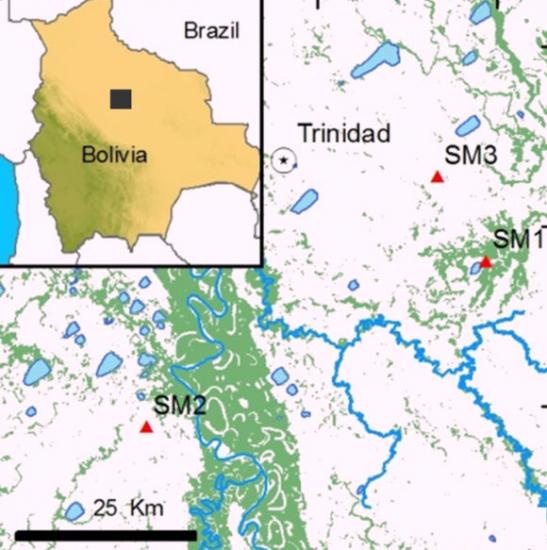
This map shows location of three hunter-gatherer settlements in the Bolivian Amazon: the site of Isla del Tesoro – SM1, a site west of the Mamoré River – SM2, a site east of Trinidad – SM3 (Lombardo U et al).
Their study, reported in the open-access journal PLoS ONE, focuses on a region in the Bolivian Amazon thought to be rarely occupied by pre-agricultural communities due to unfavorable environmental conditions.
Hundreds of ‘forest islands’- small forested mounds – are found throughout the region. Their origins attributed to termites, erosion or ancient human activity.
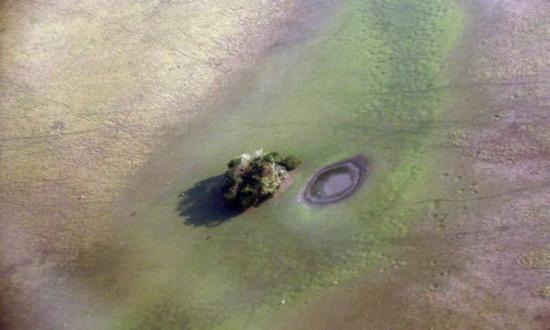
The 'forest island' known as Isla del Tesoro (Treasure Island) turned out to be the earliest evidence of human habitation in the region. Image: University of Wollongong
The team reports that three of these islands are shell middens, mounds of seashells left by settlers more than 10,000 years ago. Samples of soil from these mounds revealed a dense accumulation of freshwater snail shells, animal bones and charcoal forming the middens.
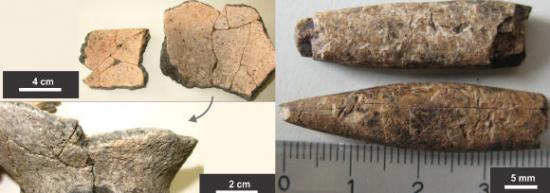
Fragmented pottery, left, and bone tools found at the site of Isla del Tesoro (Lombardo U et al).
“We have discovered the oldest archaeological sites in western and southern Amazonia. These sites allow us to reconstruct 10,000 years of human-environment interactions in the Bolivian Amazon,” explained lead author Dr Umberto Lombardo from the University of Bern, Switzerland.
The mounds appear to have formed in two phases: an older layer composed primarily of snail shells, and an overlying layer composed of organic matter containing pottery, bone tools and human bones.
The two are separated by a thin layer rich in pieces of burnt clay and earth, and the uppermost layer of deposits was also seen to contain occasional fragments of earthenware pottery.
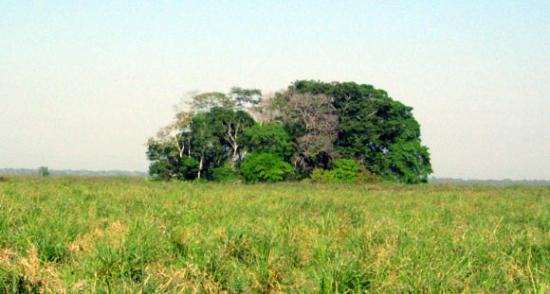
Panorama of the site of Isla del Tesoro (Lombardo U et al).
Radiocarbon analysis of two middens indicates that humans settled in this region during the early Holocene, and shells and other artifacts built up into mounds over an approximately 6,000 year period of human use.
According to the archaeologists, these sites may have been abandoned as climate shifted towards wetter conditions later.
Bibliographic information: Lombardo U et al. 2013. Early and Middle Holocene Hunter-Gatherer Occupations in Western Amazonia: The Hidden Shell Middens. PLoS ONE 8 (8): e72746; doi: 10.1371/journal.pone.0072746

Photographs of the 3 meter cores extracted from the SM1, SM2 and SM3 sites. The thickness of the anthropogenic sediments is 2.5, 1.7 and 2.5 meters respectively. In SM2 the first 50 cm are made of sediments that have been deposited on top of the archaeological site in modern times. doi:10.1371/journal.pone.0072746.g002
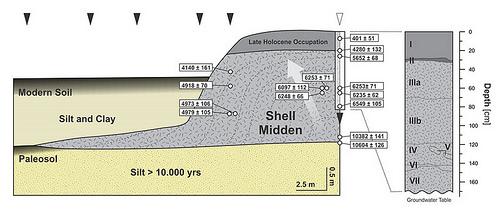
This shows cross-section transect of the shell midden SM1. Dashed lines and grey arrow highlight the onion-like growth of the midden reflected in the 14C dates. The black triangles above mark the coring locations and the white triangle the excavation site. Credit: Lombardo U, Szabo K, Capriles JM, May J-H, Amelung W, et al. (2013) Early and Middle Holocene Hunter-Gatherer Occupations in Western Amazonia: The Hidden Shell Middens. PLoS ONE 8(8): e72746. doi:10.1371/journal.pone.0072746